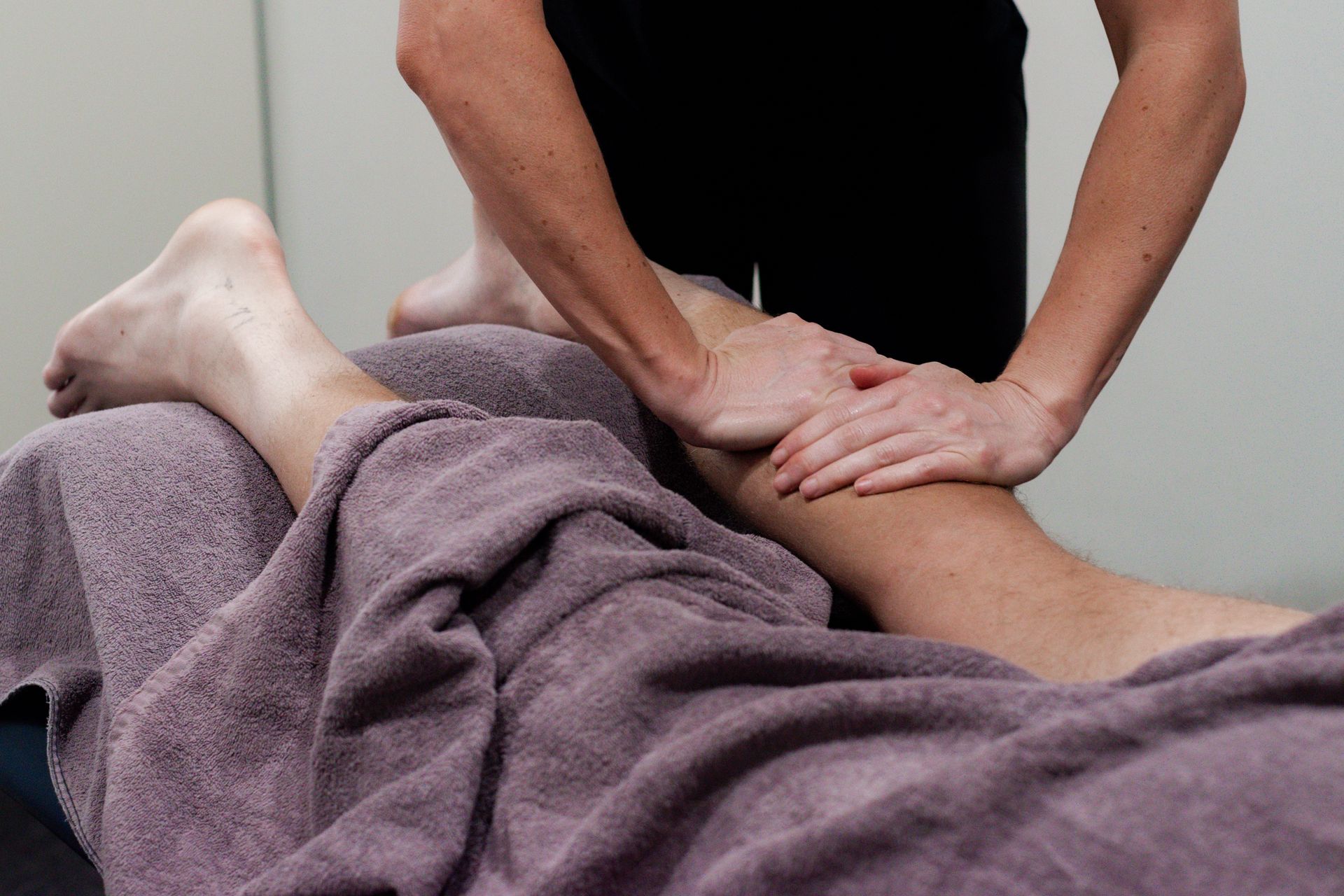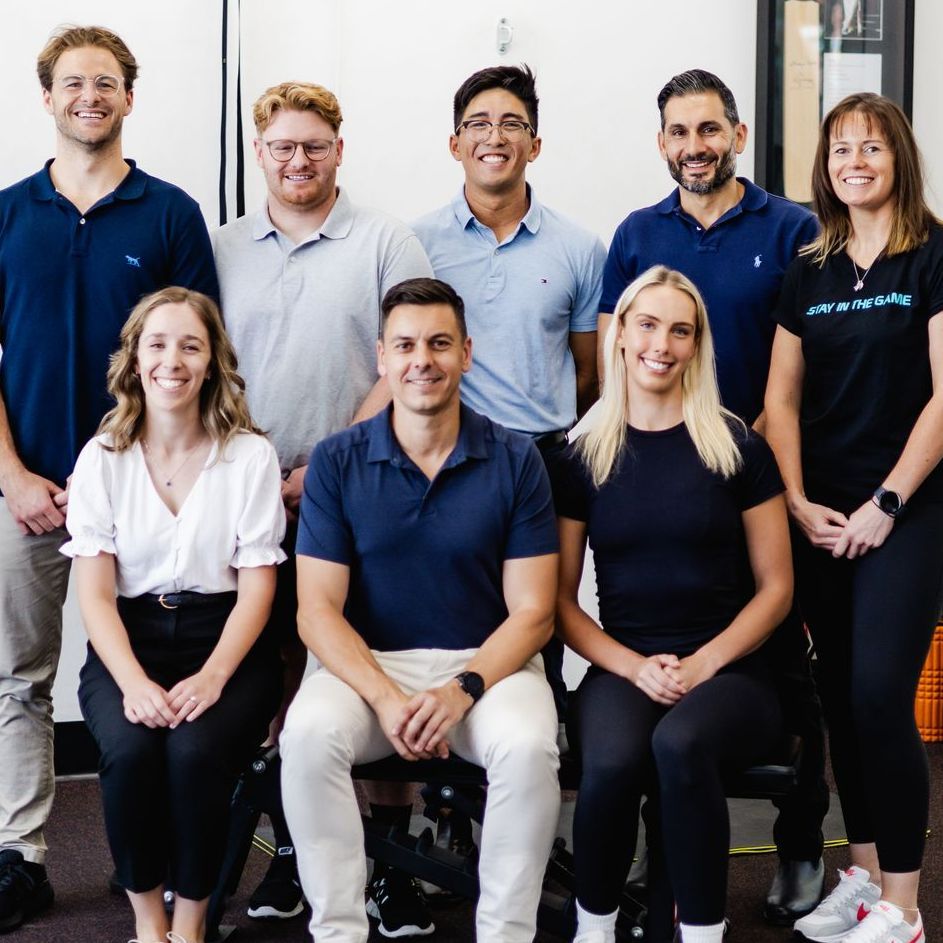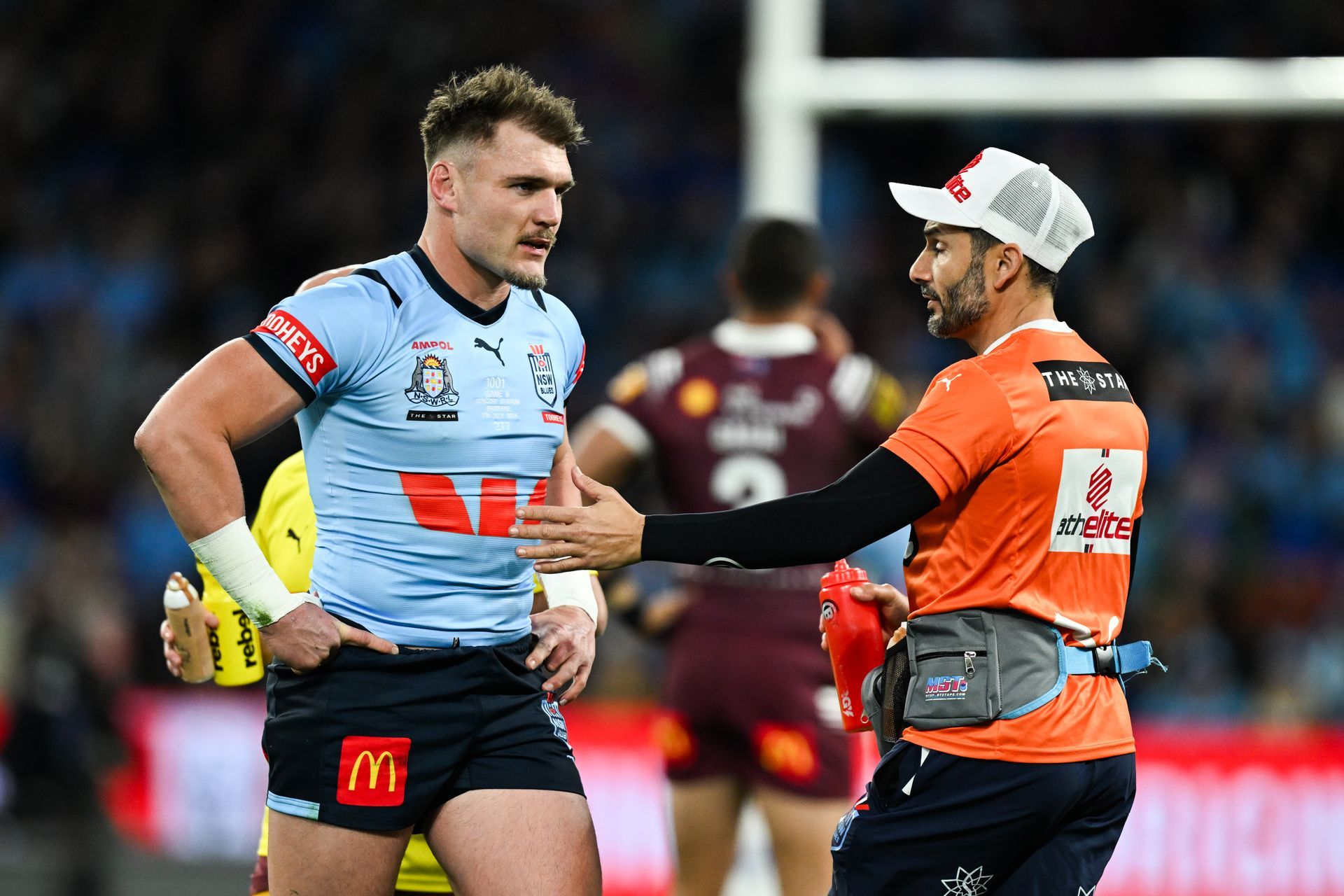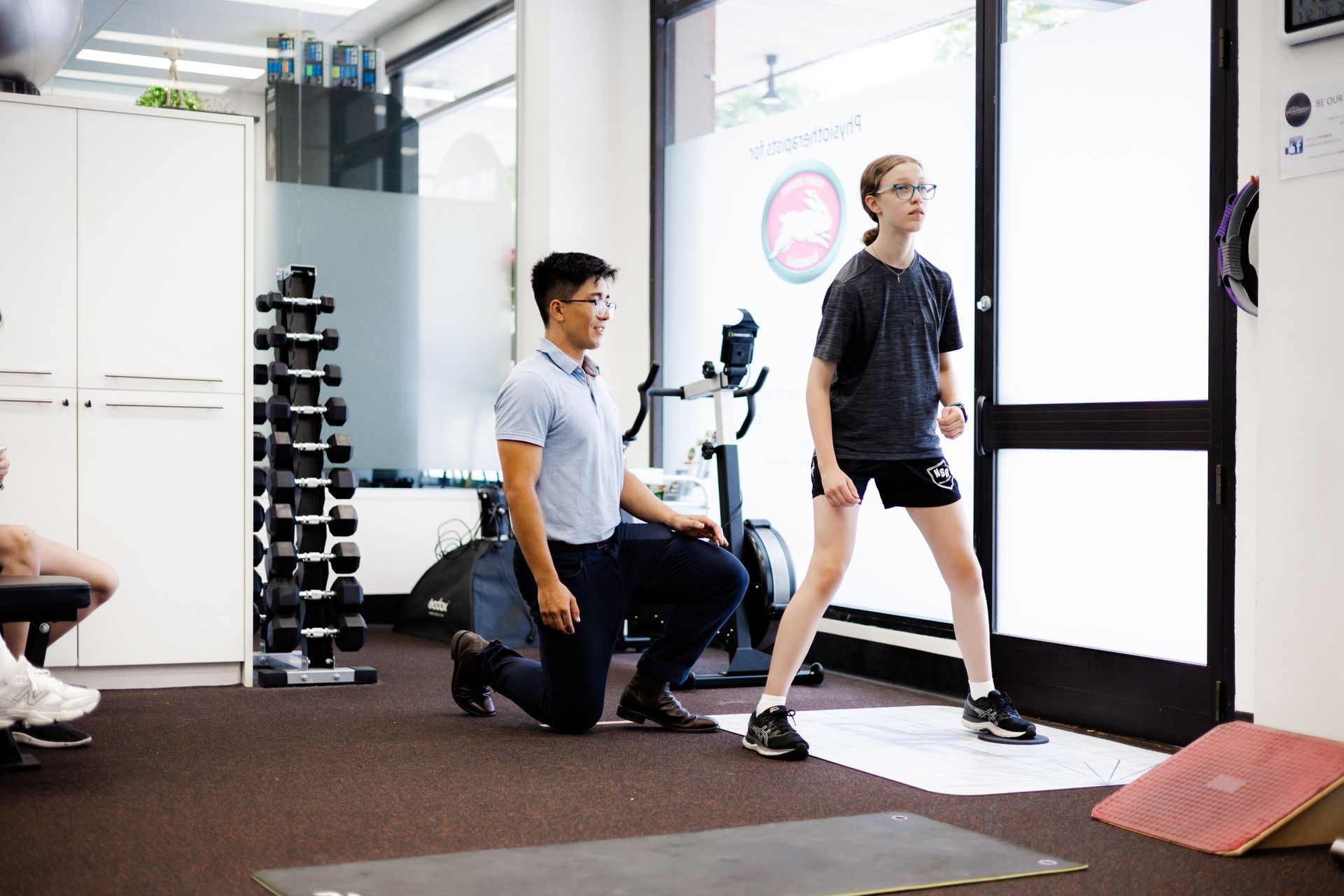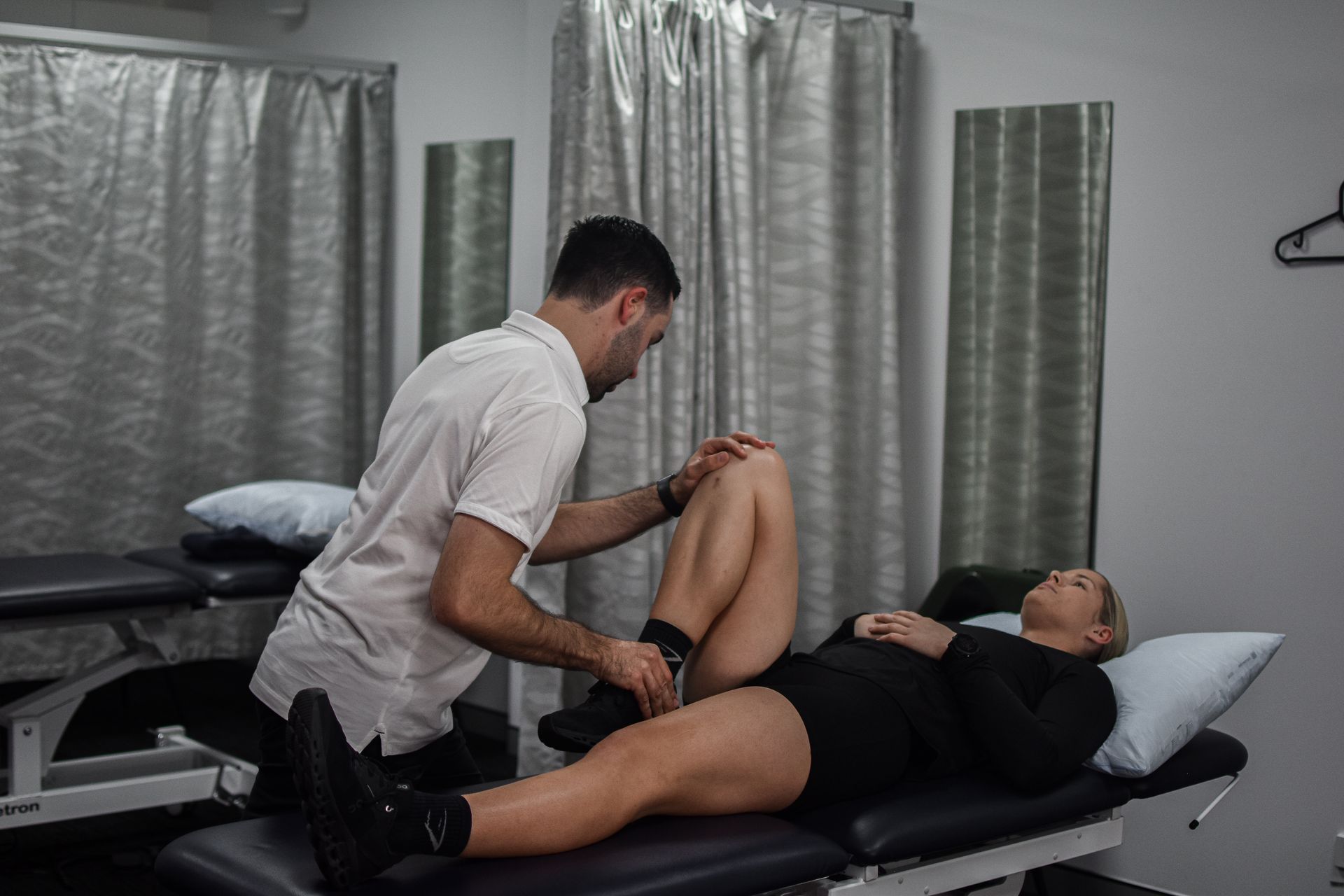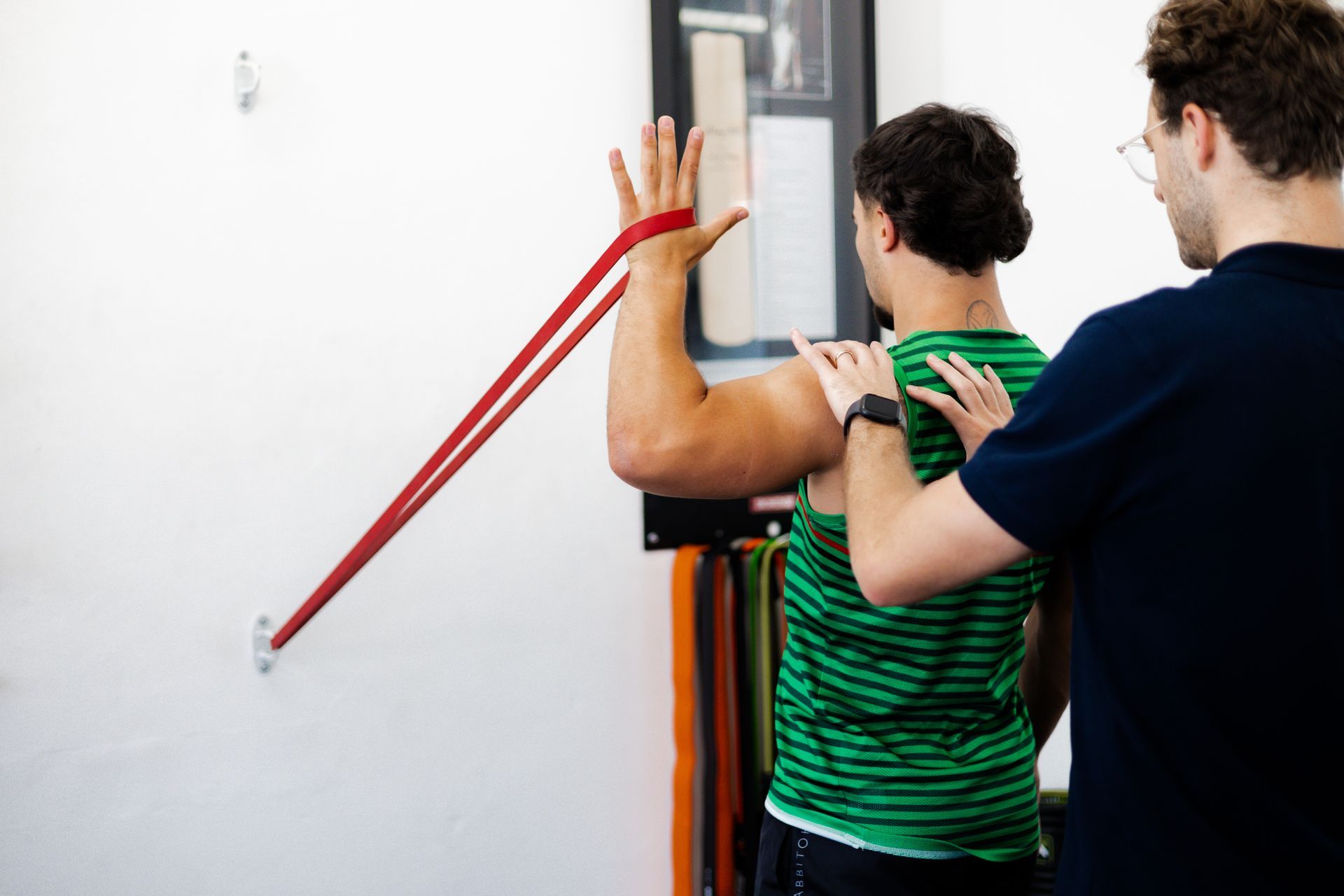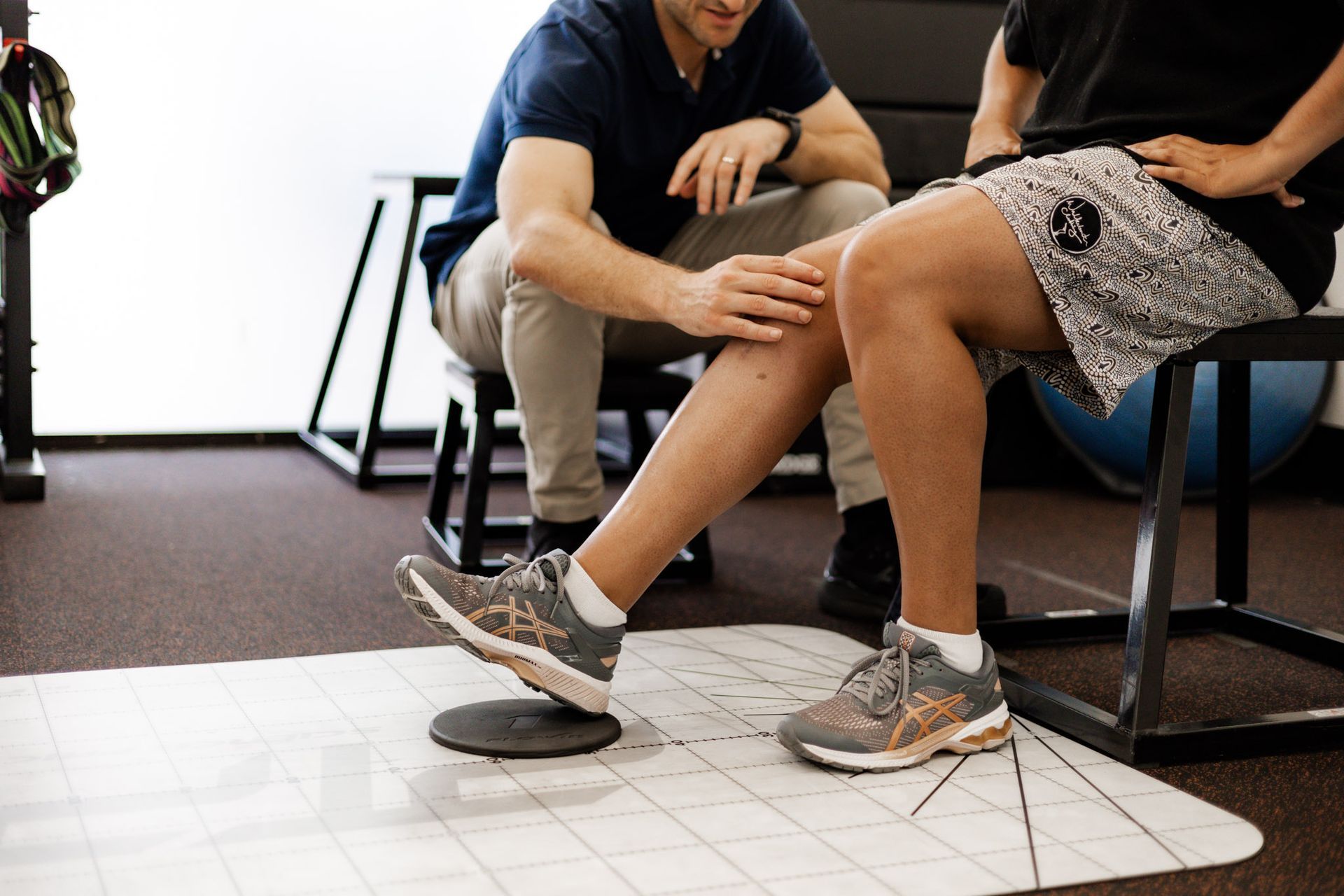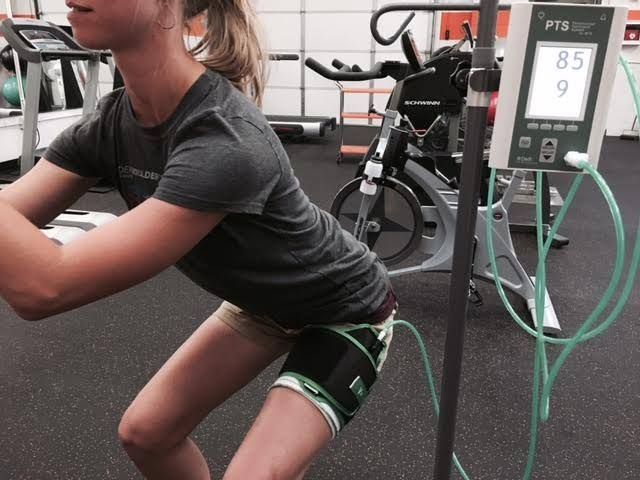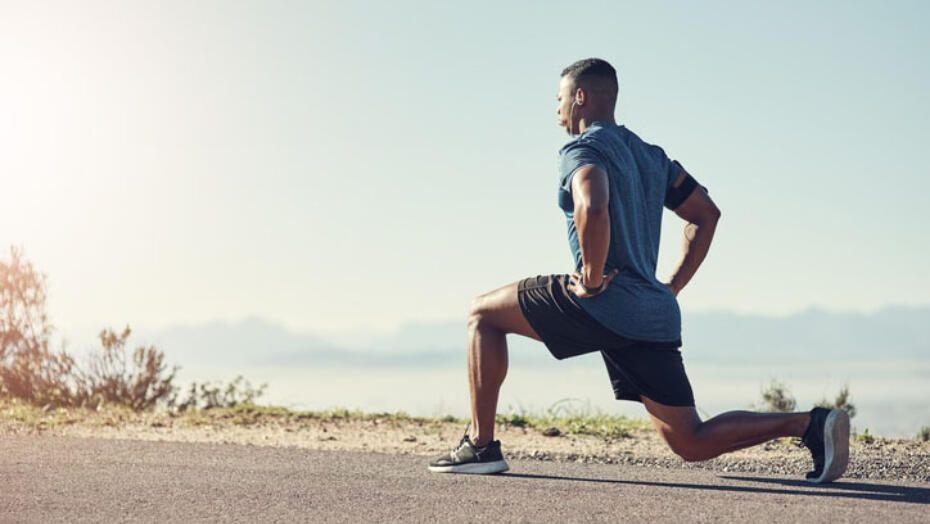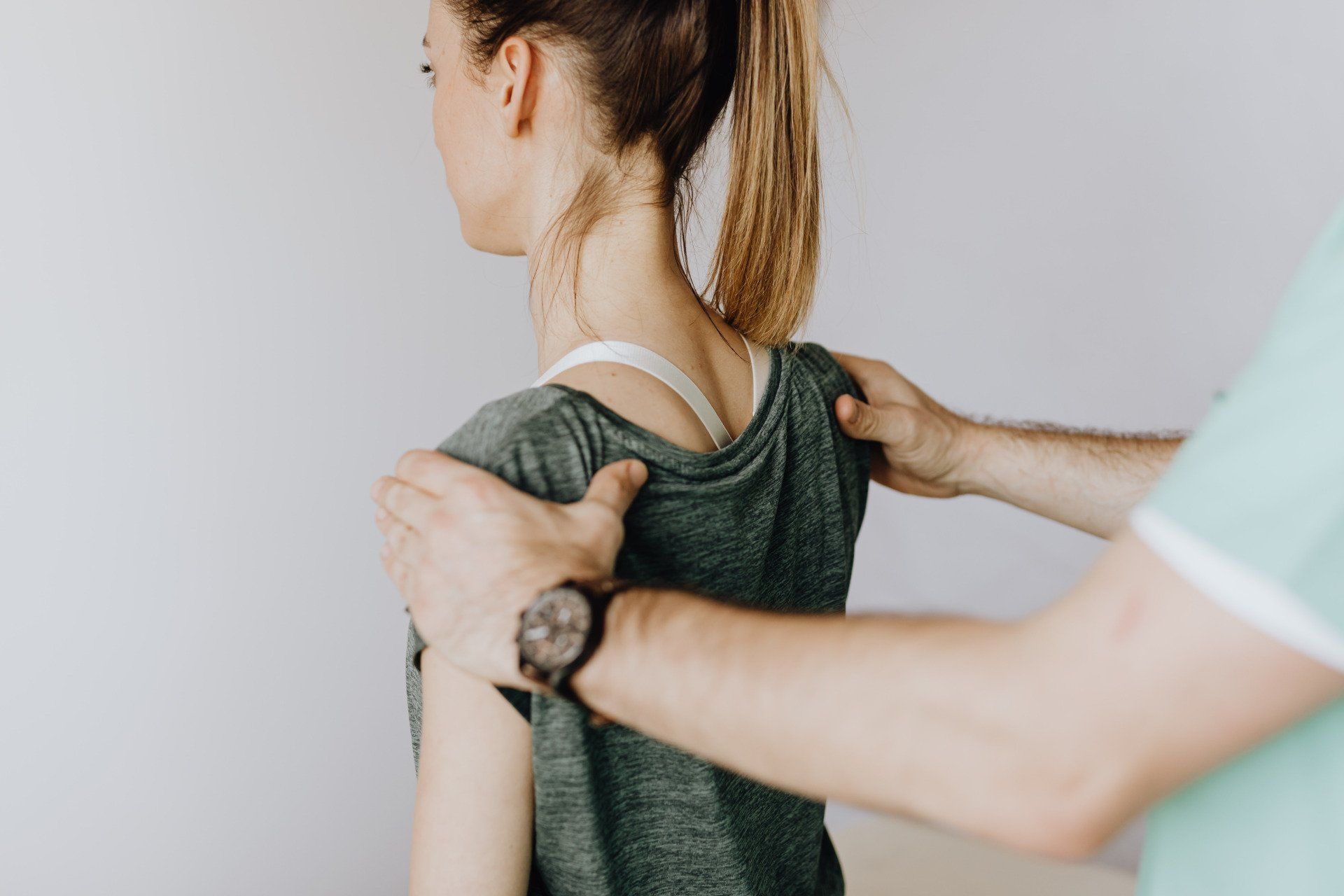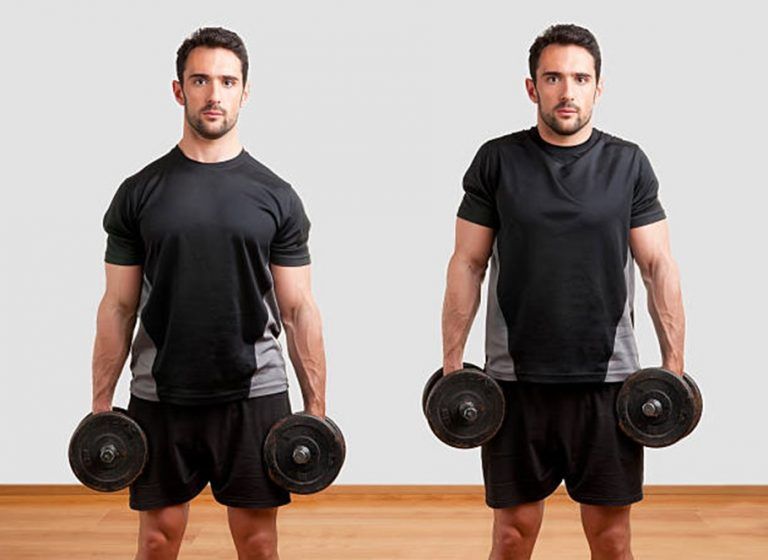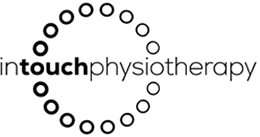The Latest Physiotherapy Evidence for Knee Osteoarthritis
The Latest Physiotherapy Evidence
for Knee Osteoarthritis
Knee osteoarthritis (OA) is a highly prevalent musculoskeletal condition and a leading cause of pain and disability among adults over 50. It involves progressive degeneration of the articular cartilage, changes in subchondral bone, and inflammation of the synovial membrane. Symptoms typically include joint pain, stiffness, swelling, and reduced mobility.
Traditionally managed with pharmacological and surgical approaches, there has been a growing emphasis on physiotherapy-led interventions grounded in high-quality evidence. Let’s explore the most effective physiotherapy strategies based on the latest systematic reviews and clinical guidelines used by elite physiotherapists and exercise physiologists.
1. Exercise Therapy
Exercise remains the cornerstone of OA management, supported by nearly every major guideline globally (NICE, EULAR, ACR, RACGP). Its benefits extend beyond symptom relief—exercise improves joint function, promotes cartilage health through mechanotransduction, reduces inflammation, and supports weight management.
Types of beneficial exercises:
- Aerobic exercise (e.g., walking, cycling, swimming): improves general conditioning and joint lubrication.
- Strength training: especially targeting the quadriceps and gluteal muscles to support knee alignment and reduce joint load.
- Neuromuscular training: enhances joint proprioception and dynamic stability.
- Flexibility and range of motion (ROM) exercises: counteract stiffness and maintain functional mobility.
Evidence: A 2022 Cochrane review concluded that land-based therapeutic exercise provides moderate improvements in pain and function. Meta-analyses have shown strength training to be particularly effective, especially when supervised.
Practical advice:
- Start with low-impact aerobic work and isolated strength training.
- Progress to functional, closed kinetic chain exercises (e.g., sit-to-stands, step-ups).
- Aim for 3+ sessions per week, sustained over at least 12 weeks.
2. Weight Loss and Load Management
Obesity is a well-established modifiable risk factor for both the onset and progression of knee OA. Weight loss reduces the mechanical load on the joint—every 1 kg of weight loss equates to ~4kg of load reduction per step on the knee joint.
Combined intervention: The IDEA trial (2013) demonstrated that combining weight loss with exercise improved pain and function more than either alone. Patients who lost ≥10% of body weight showed the greatest symptom relief.
Key load management strategies:
- Limit deep squats and high-impact activity initially.
- Encourage cycling or hydrotherapy for cardiovascular fitness without joint strain.
- Assess footwear and consider cushioned or rocker-bottom soles.
Many patients seek advice from Move Physiotherapy or exercise physiology programs to support safe weight loss alongside rehab.
3. Manual Therapy: Adjunct, Not a Standalone
Manual therapy techniques, such as joint mobilisation and soft tissue remedial massage, may provide short-term pain relief and reduce stiffness. They can enhance patient comfort and facilitate movement, especially early in rehabilitation.
Evidence: A systematic review in JOSPT (2021) found manual therapy to be more effective when combined with exercise. However, the benefits are modest and short-lived if used in isolation.
Best practice involves using manual therapy, such as remedial massage services offered in the Marrickville, Alexandria, and Redfern clinics, to enable participation in more active treatments.
4. Bracing, Taping, and Assistive Devices
Unloader knee braces and kinesiology taping can help redistribute joint forces and improve alignment. Walking aids, like canes or trekking poles, can offload the affected limb and increase confidence.
- Taping: McConnell taping can help align the patella and reduce pain, though evidence is mixed.
- Bracing: More effective in unicompartmental OA, especially medial knee OA.
- Assistive devices:
Should be individually prescribed and introduced with proper instruction.
5. Patient Education and Self-Management
Empowering patients with knowledge is essential. Misbeliefs—such as the idea that walking worsens joint wear or that OA inevitably leads to surgery—can drive fear-avoidance and inactivity.
Educational topics should include:
- The benefits and safety of exercise.
- Pain neuroscience and flare-up management.
- Weight control and nutrition.
- Joint protection strategies.
Digital tools:
Mobile apps, online exercise videos from physio Pilates or exercise physiologists, and self-monitoring platforms can increase adherence and autonomy.
6. Electrotherapy and Other Modalities
While not first-line, certain modalities may be useful adjuncts in specific cases:
- TENS (Transcutaneous Electrical Nerve Stimulation): May provide temporary pain relief.
- Ultrasound: Lacks strong evidence and is not routinely recommended.
- Cryotherapy or heat: Can assist in symptom management before or after activity.
Their use should not replace exercise but can support engagement in active rehab.
7. Group Programs and Multidisciplinary Models
Programs such as GLA:D (Good Life with osteoArthritis: Denmark) have shown significant benefits by combining education and neuromuscular exercise in a group setting.
- Results: Large reductions in pain, improved function, and delayed surgical consideration.
- Structure: Typically includes 12 exercise sessions and 2 education classes over 6–8 weeks.
Participation in group-based rehab run by exercise physiologists, physios, and remedial massage providers, fosters social support, accountability, and motivation—key components of long-term success.
8. When to Refer for Surgery?
Surgery (e.g., total knee replacement) may be considered when:
- Pain significantly limits daily activities despite conservative management.
- Functional decline persists beyond 6 months.
- Radiological findings align with symptoms (though X-ray alone should not drive decision-making).
Even when surgery is likely, prehabilitation with sports physiotherapy services improves postoperative outcomes.
Conclusion
Physiotherapy plays a central, evidence-backed role in the management of knee OA. The combination of therapeutic exercise, education, load management, and behavioural support can significantly improve patient outcomes. Tailoring the program to each individual—considering their goals, comorbidities, and preferences—is essential. With the right approach, many patients can delay or avoid surgery and lead a more active, pain-free life.

